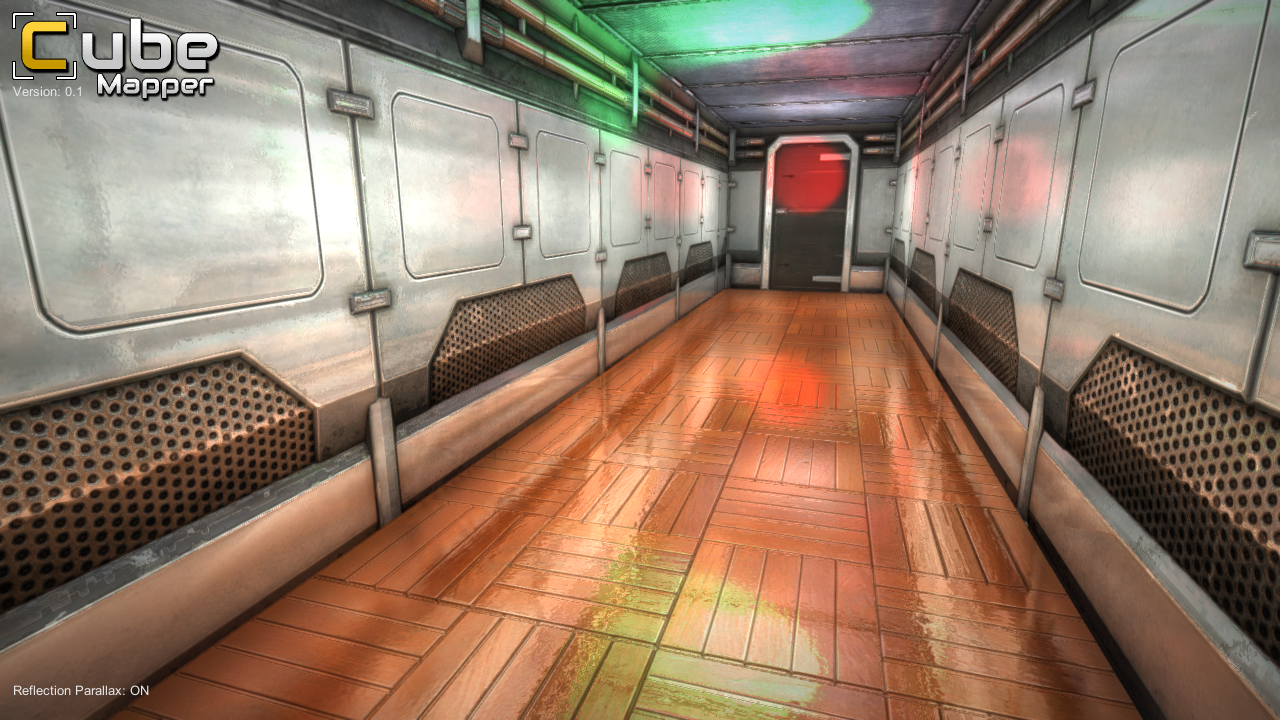
 |
|
#1
|
|||
|
|||
|
realistic refelection like unity 3ngine
HI,
is there any possibility to achieve realistic real-time reflection on floor and wall just like unity 3d and unreal engine. Thanx in advance 
|
|
#2
|
|||
|
|||
|
Hey Raj,
Right now your best bet would be to render a cube map from Inspector then assign it within Max using a reflect/refract map. This is how we do most of the reflections in our internal projects. At the time of this post, there isn't currently an artist-friendly workflow for parallax correcting cube maps (the technique seen in your screenshot), but it is possible for a skilled tech artist to write them manually in shader code. This means that the scene will appear to have a reflection that will also be affected by normal maps, and that has very low overhead because it's a static map instead of live 3D, but it won't line up with the assets in the scene the way you'd expect it to in real life. Here's the current workflow for doing cube map reflections (that doesn't require programmer assistance):
When I'm going to be dealing with a lot of reflections on objects, multiple reflection locations, or variations for plastic, blurring, etc. I'll stick placeholder textures so I can replace them in the Asset Tracking dialog instead of clearing and recreating shell materials. Cube maps can also be created and assigned in realtime, but I'd need a programmer to weigh in on that one. |
|
#3
|
|||
|
|||
|
hi Veleno
still no luck with cube map I have tried various effects for achieving effect still, reflection is not good please check attached image |
|
#4
|
|||
|
|||
|
Cube maps work best on surfaces that are curvy or have distorted normals. Their main weakness, like what you're seeing here, is smooth flat surfaces. The parallax technique seen in your original example does improve things quite a bit under certain conditions, but we don't have an artist-friendly workflow for that right now. Even in the unity example they make sure to rough up the surface to mask the shortcomings of the technique.
For mirror-like reflections, the most performance friendly approach is often to use the old-school method of making a mirrored duplicate of your scene on the others side of a transparent texture. Some games and movies still use this technique today because it's so low-tech. It's also possible to do a camera-rendered one through code, I'd need a programer to talk about this approach as well. |
|
#5
|
|||
|
|||
|
Hey raj!
A more realistic lighting model like you'd get with Unity or Unreal Engine 4, which both do this by utilizing physically based rendering, is not implemented in Vizard. But there's the possibility to write your own shader code. The support gave me this answer a while back: »If you're using the effects framework you need to use the GLSL version released with OpenGL 2.0. If you write your shader from scratch then you can declare the GLSL version you want to use.« So you see, it's a really old OpenGL implementation that Vizard uses and the shader code is outdated, which makes it hard to find helpful code reference on the internet. I tried implementing some PBR shading, but didn't had the time to finish the project. |
 |
|
|
 Similar Threads
Similar Threads
|
||||
| Thread | Thread Starter | Forum | Replies | Last Post |
| Creation of realistic water simulation | rajnishv | Vizard | 1 | 09-28-2016 01:25 PM |
| Regarding World Viz's Unity & Unreal Plugin Support | rajnishv | Precision Position Tracker (PPT) | 6 | 09-15-2016 07:04 AM |
| Realistic gaze behavior of CCHD characters | Frank Verberne | Vizard | 4 | 11-06-2013 01:07 AM |
| Compatibility with Unity Software file extensions | Uttama_vizard | Vizard | 0 | 01-19-2011 01:10 PM |